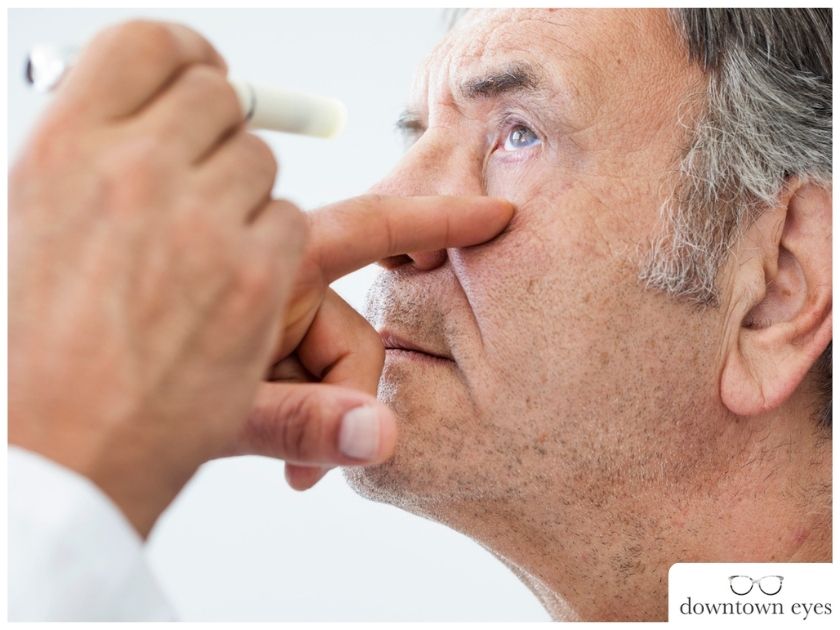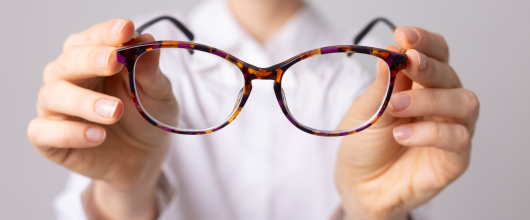Cataracts, a prevalent eye condition, progressively cloud the eye’s lens, diminishing vision quality. Understanding the types of cataracts and the diagnostic process is crucial for early detection and treatment. This post delves into the different cataracts one might encounter, how they’re diagnosed, and how these conditions are specifically relevant to residents seeking care in Minneapolis, MN.
Understanding the Different Types of Cataracts
Age-related Cataracts
Most cataracts are age-related, developing as part of the natural aging process. You might be at a higher risk if you have a family history of cataracts, have undergone certain eye surgeries, or use steroid medications.
Traumatic Cataracts
Cataracts can form after serious eye injuries, sometimes immediately or years later. They are not uncommon and highlight the importance of protective eyewear in high-risk environments.
Radiation Cataracts
Exposure to certain types of radiation, including UV rays from the sun and radiation treatments for cancer, could lead to this type of cataract. Protecting eyes from excessive sunlight with UV-blocking sunglasses can mitigate this risk.
Pediatric Cataracts
Children can develop cataracts, either congenital (born with cataracts) or acquired due to eye injuries, certain medications, or illnesses like uveitis. Early treatment is crucial to prevent long-term vision problems.
Secondary Cataracts
Sometimes, after cataract surgery, a person might develop a secondary cataract, also known as after-cataract or posterior capsule opacification. This condition can be quickly addressed with a simple, painless procedure.
Diagnosing Cataracts
An ophthalmic examination is key to identifying cataracts. Your eye doctor will review your medical history, symptoms, and perform a variety of tests, including:
-
Vision Test: To assess how well you can see at different distances.
-
Eye Structure Exam: Utilizing a slit lamp to view the structures at the front of your eyes in detail.
-
Retinal Exam: Dilation of your pupils allows your doctor to examine the retina for signs of cataracts.
-
Fluid Pressure Test: Measuring the fluid pressure inside your eyes.
Upon diagnosis, the only effective remedy for cataracts is surgery to replace the clouded lens with an artificial one, restoring clear vision. However, not all cataracts require immediate surgery; your eye doctor will guide you on the right time based on the impact on your quality of life.
Protecting Your Eye Health
For residents of Minneapolis, maintaining regular eye check-ups, especially as you age or if you fall into higher risk categories, is key to early cataract detection and treatment. Downtown Eyes offers comprehensive eye health services, including cataract diagnosis and treatment options tailored to your unique needs.
Schedule Your Eye Exam Today
If you’re experiencing symptoms of cataracts or simply due for your regular eye exam, don’t hesitate to contact Downtown Eyes. Our expert team is dedicated to providing the highest standard of care. Contact us at (612) 333-3937 (Minneapolis) or (612) 869-1333 (Crosstown-Richfield); you can also fill out our online form to schedule your consultation.Early detection is crucial in effectively managing cataracts and preserving your vision quality. Let us take care of your eyes so you can enjoy clear, healthy vision for years to come.


 maridith
maridith
 maridith
maridith
 maridith
maridith
